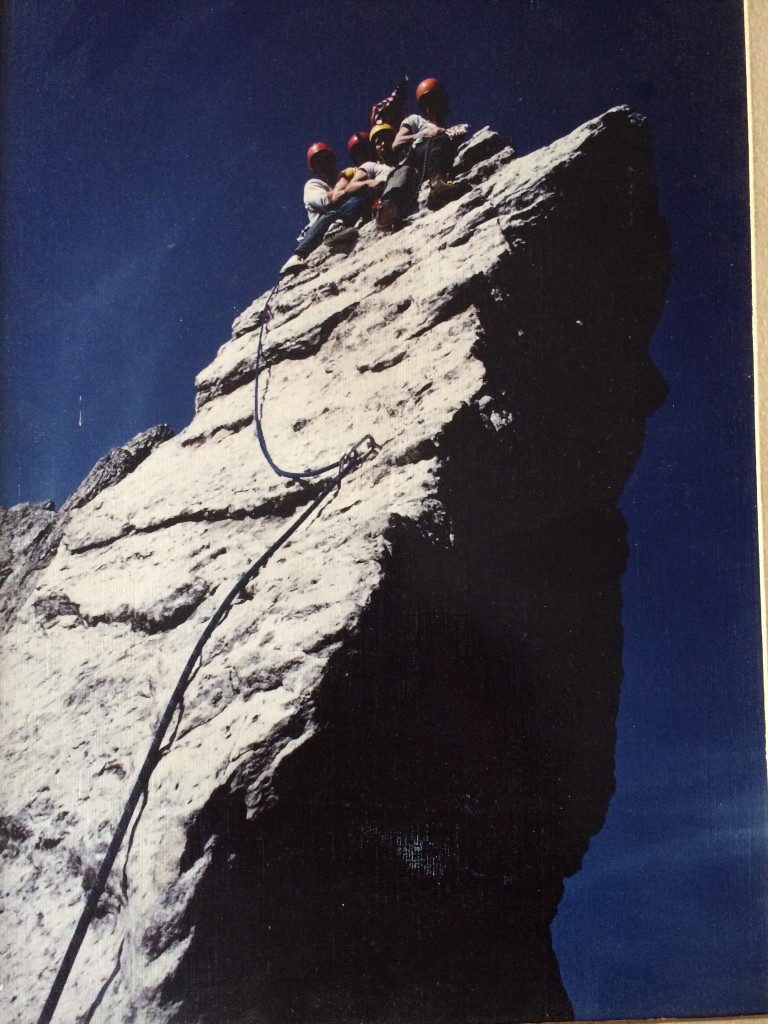 While it may officially be “spring”, not a lot of green has necessarily “sprung” around New England quite yet – which is probably why I’ve been dreaming lately of The Greenbrier in White Sulphur Springs, located in the “wild and wonderful” state of West Virginia.
While it may officially be “spring”, not a lot of green has necessarily “sprung” around New England quite yet – which is probably why I’ve been dreaming lately of The Greenbrier in White Sulphur Springs, located in the “wild and wonderful” state of West Virginia.
As a proud barefoot West Virginian hillbilly – who moved to New England over thirty years ago and spends three quarters of the year wearing winter boots – I long to be, as John Denver sings, taken home “to the place I belong” in the hills of West Virginia, especially during this time of year where there truly is a full-fledged, hope-filled daffodil spring.
Nestled in the lush green valley of the Allegheny Mountains, The Greenbrier is a world-class luxury resort (otherwise known as “America’s Resort”) that has a lively history, having hosted distinguished guests from around the world for 235 years (since 1778).
From Robert E. Lee who was a regular visitor, to the Vanderbilts, the Rockefellers, Prince Rainer and Princess of Monaco, the Duke and Duchess of Windsor, Davey Crockett, twenty-six American presidents – including James Monroe, George Bush and Bill Gates – it continues to be a renowned destination for royalty, business leaders, government officials and celebrities worldwide.
But, its history doesn’t end there. Having been protected and preserved by both Confederate and Union armies in the Civil War (1860-65), it was later used in World War II as a military hospital that admitted 24,148 patients throughout the war.
Perhaps most interestingly, however, is its evolution into a secret James Bond-like bunker – “The U.S. Government Relocation Facility” (nicknamed Hotel Armageddon) – that was large enough to house every member of Congress in the event of a nuclear war.
Constructed between 1958-1961 by the Eisenhower Administration, the bunker was kept in a state of constant readiness and maintained by a small group of government employees. Situated 720 feet deep in the hillside under the hotel with reinforced concrete and walls 3-5 feet thick, it was kept a secret for more than 30 years until May 1992 when the Washington Post published a story revealing it.
Maintaining its prestige, The Greenbrier was originally decorated by the famous Dorothy Draper who has been referred to as the “Queen of Interior Design of the Twentieth Century.” She was known for her “outrageously chic style” of color-splashed interiors which protégé Carleton Varney has “brought back to life” with an “Alice in Wonderland”-like feel.
 Sadly and typical of grand resorts from other eras that fall into disrepair, The Greenbrier was purchased out of bankruptcy in 2009 by Jim Justice, a local billionaire who was the son of a coal-mining entrepreneur.
Sadly and typical of grand resorts from other eras that fall into disrepair, The Greenbrier was purchased out of bankruptcy in 2009 by Jim Justice, a local billionaire who was the son of a coal-mining entrepreneur.
After mighty efforts and an endless amount of money, it is now referred to as a place of “new era elegance” offering the “graciousness of the past” with the exceptional comforts of today.
With four championship golf courses, a world-class spa, a Casino club, “Art Colony Shops” that feature skilled West Virginian artisans, and a host of outdoor activity offerings, including swimming and tennis, horseback riding, biking* and fishing – not to mention Falconry and canopy tours – The Greenbrier truly is a PLACE where dreams of a lush green and light airy spring come true!
“West Virginia, mountain momma, take me home, country roads…”
Please note that the above information was taken from the following sources:
- The Greenbrier Website
- “The Greenbrier Resort Hopes to Preserve Its Past”, Dwight Garner, August 2010
*Of interest: Designated by Backpacker Magazine as one of the top 10 long-distance bike and hiking trails in the United States, The Greenbrier River Trail stretches 78 miles through “picturesque valleys” and is described as traversing one of the “most remote areas in the state. “ It lies adjacent to the Monongahela National Forest and is truly a “Wild and Wonderful” biking/hiking experience!
*Also of interest: Seneca Rocks (see below) is also one of West Virginia’s most visited natural scenic attractions. Located in the state’s eastern panhandle at the headwaters of the Potomac in Pendleton County, it is a well-known place for serious climbers. It has a little-known history of being a training ground during World War II for U.S. Mountain Forces; climbers come across hundreds of rusted pitons that were hammered into the “Tuscarora Quartzite” by the soldiers.

